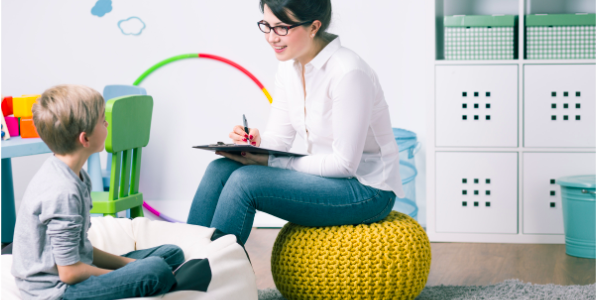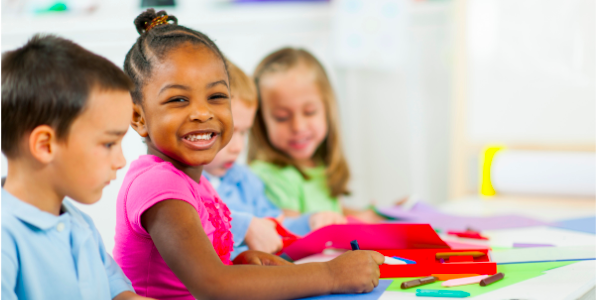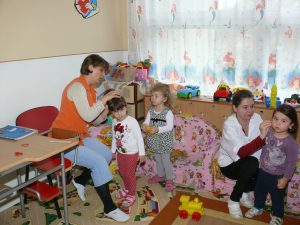Children are born with a clean slate. This is why we celebrate milestones when they roll, crawl, sit, talk, and walk. Interestingly, even though they don’t know it yet, children become more confident every time they achieve a milestone. Occupational therapy for children has a similar impact.
Activities introduced during occupational therapy in Singapore helps children to accomplish their daily tasks, improve performance, and makes play more fun. The outcome is a child with high self-esteem.
Are all children likely to benefit from occupational therapy?
Yes, all children stand to benefit from occupational therapy. Since it is difficult to tell from an early age if your child will need occupational therapy Singapore, introducing activities that will help develop fine motor skills is a great start.
Some of the following activities help improve attention, social interaction and help develop fine motor skills. Most children today even start developing computer skills and handwriting long before they get to preschool.
Early introduction of occupational therapy activities to children gives them a head start in life. Those that eventually need the help of an occupational therapist will be more responsive since they are familiar with some of the activities recommended during occupational therapy for children.
Proprioceptive activities
These are weight-bearing activities that work on our muscles and joints. It is important to introduce these activities because children become aware of their bodies and the impact of pressure on the joints.
Proprioceptive activities help children to detect force and pressure on their joints easily. Once they start sensing force and pressure, they will learn how to control sensory stimulation. For example, when they start to crawl, babies sit when they start to fill the pressure on their knees.
Some of the activities recommended during occupational therapy for children to work on their muscles and joints include;
- Resistance activities such as pulling and pushing
- Weight-bearing activities like pushups and crawling.
- Jumping on a trampoline and running to test cardiovascular stimulation.
- Oral activities, like blowing bubbles and blowing a wind instrument.
- Carrying books and other items to test how much weight he can carry.
Children with autism often struggle to regulate their emotions and responses to sensory stimulation. These activities will help them test their limits and even distract them when they experience sensory overload.
Activities to stimulate cognitive development
Occupational therapy Singapore helps to improve cognitive development. You can help test your child’s development patterns early by introducing these activities at home. When you are consistent, you will see the changes in your child’s cognitive development as he grows.
Activities you can introduce to test your child’s thinking skills include;
- Play with puzzles
- Card games
- Tearing papers into strips
- Making designs on paper using the paper punch
- Picking coins and putting them in a piggy bank
- Use small crayons to colour pictures
- Create a collage with picture cut-outs
- Transfer objects from one dish to another using a spoon
- Create shapes using dough
These activities do not replace the expertise of an occupational therapist. Some are regular activities that children are naturally drawn to. This is why occupational therapy for children intentionally includes activities that children enjoy.
Intentionally choosing some of these activities will help you monitor your child’s responses to stimuli. Should you notice abnormalities in your child’s reactions to some of the activities, the occupational therapist will explain these responses and introduce ways to help your child cope.










